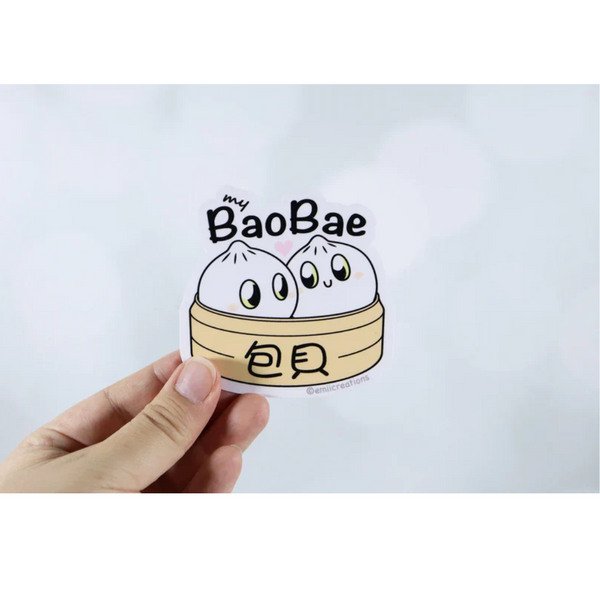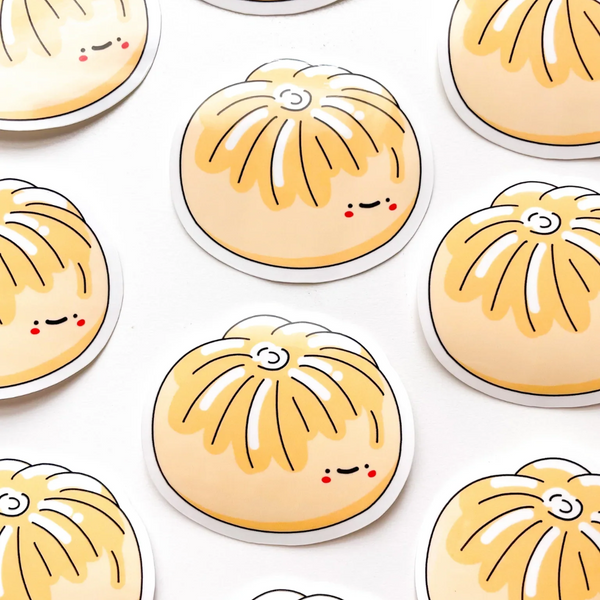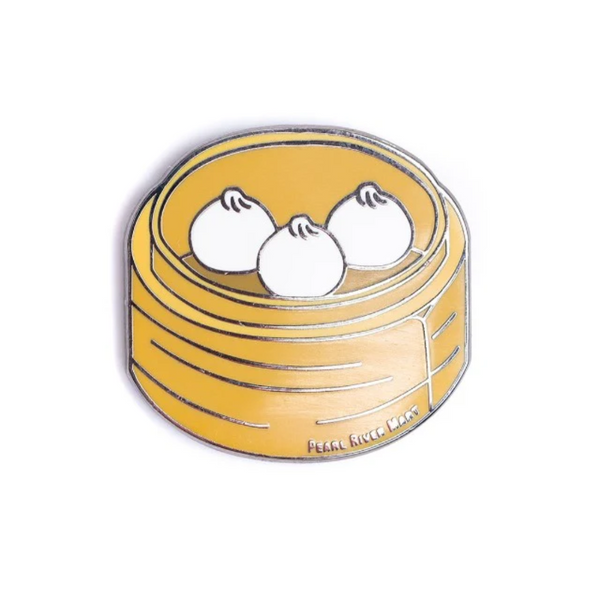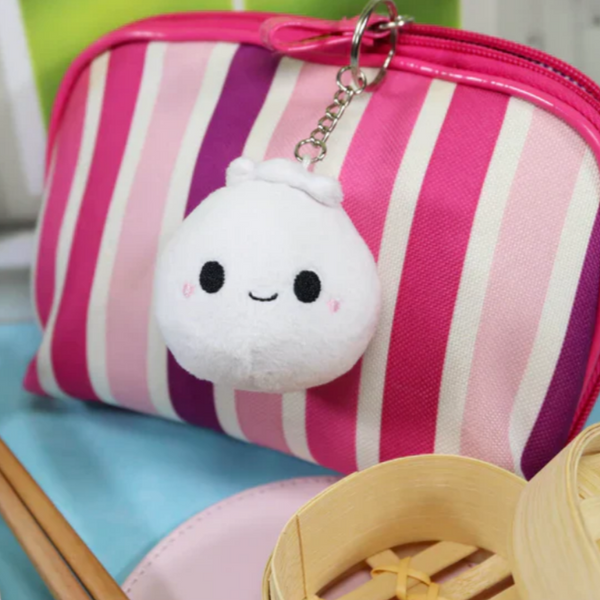
National Bao Day: Six Things You Might Not Know About Baozi
There seems to be a holiday for every food, and we’re certainly glad there’s one for the unassuming baozi (observed every Aug. 22). To celebrate the versatile Chinese “sandwich” (except, please don’t call it a sandwich), we bring you six things you might not know about the dumpling’s underrated cousin.
It might have military origins
It’s believed that mantou came first, which, in case you didn’t know, is a kind of Chinese steamed bread made of wheat or flour with no filling. Baozi — where bao means “to wrap” — is basically a round mantou with stuff inside.
As for baozi, it was Invented by Zhuge Liang, a military strategist, during the Three Kingdoms period in the third century. Seeing his soldiers suffering from the plague, he devised the head-shaped food first as a symbolic offering to the gods, then to the soldiers themselves to help alleviate their sickness.
At first this new creation was also referred to as mantou. But by the 10th century, it was deemed baozi.
There are innumerable varieties
A sweet coconut and butter bun
Baozi can come baked, steamed, fried, with soup or without. While soupy baozi tend to be savory (with fillings of meat, seafood, or vegetables), baked and steamed can be savory or sweet. Sweet fillings run the gamut from red bean to custard to lotus seeds to coconut.
Eating xiaolongbao can be delicate (and dangerous)

Steamed baozi with soup are often referred to xiaolongbao, which translates roughly as "little bamboo steamer buns." Hailing from the Jiangnan region of China, they involve a delicate eating process: you bite or poke a small hole into the skin to cool off the steaming hot juice while at the same time, preventing the juice from spilling out (or burning your mouth). Hence, it's advised to eat the delectable delicacy from a Chinese soup spoon laden with black vinegar and silvers of ginger.
The inventor of Tianjin’s xiaolongbao was rude or ugly, depending on who you ask
While Shanghai soup dumplings are arguably the most well-known, the Chinese port city of Tianjin has its own famous brand. Goubuli translates as “dogs don’t pay attention” and might come from a nickname of the inventor, who was either so ugly even the dogs wouldn’t have him, or so rude or busy (depending on the interpretation), he wouldn’t pay the proper amount of attention to his customers. Whatever the origin of the name, the dumplings are scrumptious.
New York City was home to a very large soup dumpling

In 2016, Drunken Dumpling in the East Village started offering an extra-large xiaolongbao. As large as the steaming basket itself, the seafood-pork XL XLB must be slurped with a straw. (Unfortunately Drunken Dumpling has since closed.)
Pixar’s first female director brought a baozi to life
Moviegoers have gotten to know the baozi a little better through a delightful animated Pixar short called "Bao," in which a little steamed bun comes to life, much to the surprise of its creator.
Writer and director Domee Shi is the first woman to helm a short from the company since it was founded 34 years ago. She started as an intern back in 2011 and is now the main creative force behind this moving little film as well as Turning Red and Elio.
Learn more about the history of other Chinese eats like dumplings, egg tarts, and fortune cookies.
[Images: Coconut Butter Bun by Jp384, CC BY 3.0; Xiao Long Bao by eason0303, CC BY-SA 2.0; Extra-Large Soup Dumpling by @feedyoursoull]





